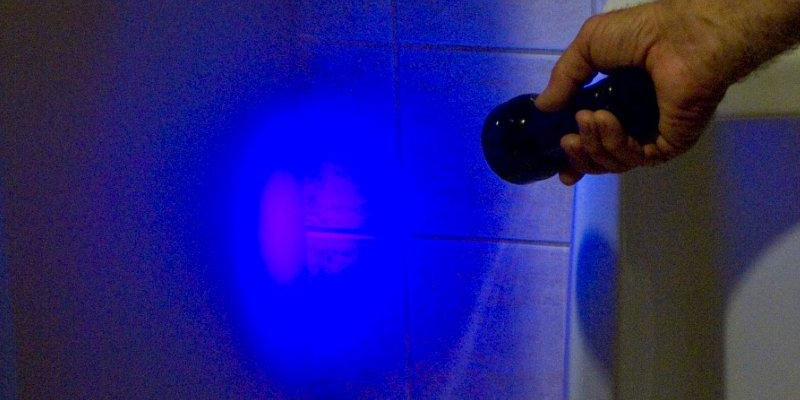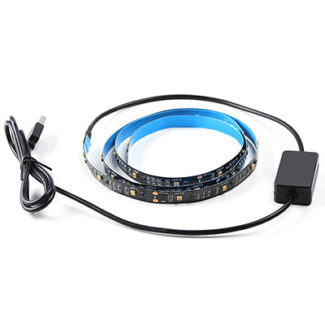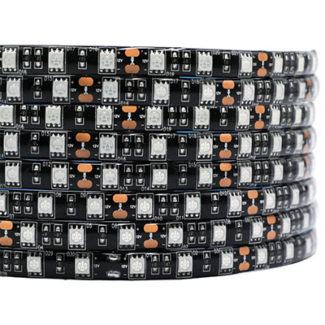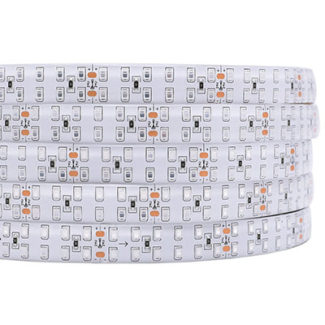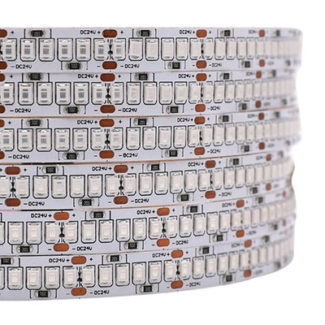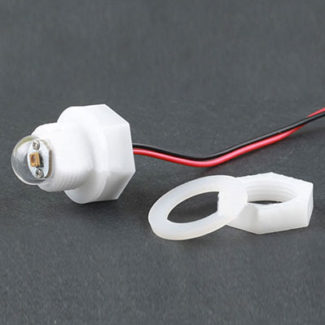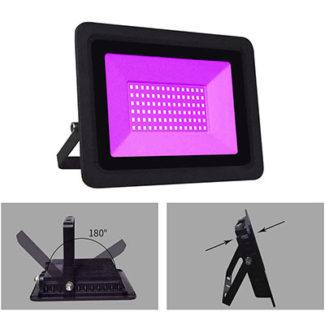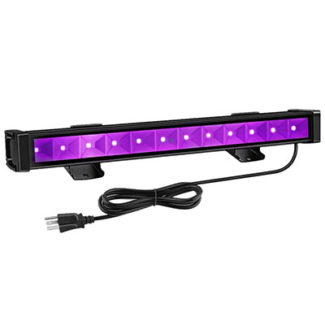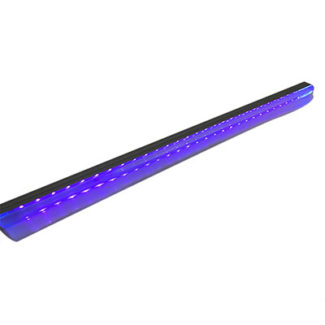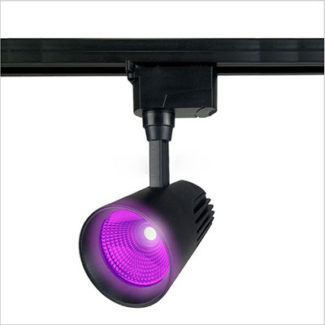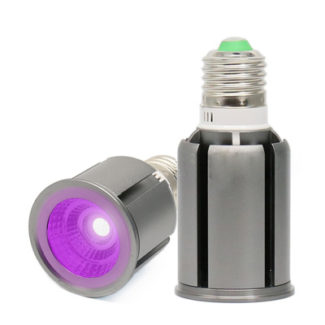UV light has been scientifically proven to be effective in killing fungi, bacteria, and viruses. This process is called ultraviolet germicidal irradiation (UVGI), and it is often used in hospitals, HVAC installations, and some home water filtration systems. However, can UV light really kill mold, bed bugs, bacteria, or other unwanted organisms in your home? Let’s explore.
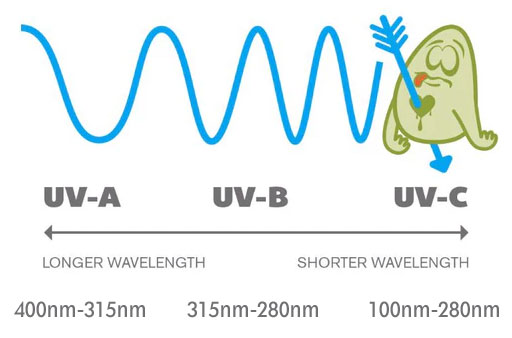
- What wavelengths of UV light can kill microorganisms?
- Does UV light kill mold?
- Does UV light kill dust mites?
- Does UV light kill bed bugs?
- How does UV light kill mold and dust mites?
- Under what circumstances can UV light kill mold?
- However, UV light is not a complete solution to all mold problems
- How can UV light be used to kill mold?
- How long does it take for UV light to kill mold?
- How much UV light is needed to kill mold?
- What is the color of mold under UV light?
What wavelengths of UV light can kill microorganisms?
Ultraviolet (UV) light is divided into different wavelength regions, including UV-A, UV-B, and UV-C. Among them, the UV-C wavelength range in the short-wave UV region is widely used for the purpose of killing microorganisms.
UV-C wavelengths, roughly between 100 nanometers (nm) and 280 nm, have high energy and the ability to inactivate microorganisms. It can directly damage the nucleic acid (DNA and RNA) structure of microorganisms, causing them to lose their ability to live.
Here are some differences between common UV light wavelengths:
| UV Light Wavelength | Wavelength Range | Applications |
| 395nm-405nm | UV-A | Skin inspection and cosmetology, Detection of counterfeit banknotes and security markings, Blacklight illumination |
| 365nm | UV-A | Fluorescence detection, UV curing, laboratory and industrial applications |
| 270nm-280nm | UV-C | Disinfection and sterilization (in medical facilities, laboratories, water treatment, food processing, air purification, etc.) |
Does UV light kill mold?
UV light is widely recognized as an effective way to control and eliminate mold growth. UV-C wavelengths between 200nm and 280 nm can directly damage the DNA structure of mold, thereby inhibiting its ability to grow and reproduce.
Mold contamination is a common phenomenon in central heating, ventilation, and air conditioning systems in buildings. Molds grow in air filters, insulation and cooling coils as well as ducts, leading to allergic rhinitis, asthma, and allergic pneumonia in people.
In one such study, researchers compared fungal levels in office building air before and after the use of germicidal UVC. The results show that germicidal UV radiation may be an effective way to reduce fungal contamination in air-handling units.
Does UV light kill dust mites?
UV-C light can have an effect on dust mites. Prolonged exposure to UV light can reduce the number of dust mites and inhibit their ability to reproduce.
Dust mites usually live indoors in dust and hide in covert places such as mattresses, furniture, and carpets. Therefore, it is difficult to completely eliminate dust mites from a room by relying on UV light exposure alone. Thoroughly cleaning and dusting the room, taking measures to vacuum, clean and keep it dry is more important for effective dust mite control.
UV light can be used as an aid in combination with other measures to reduce the number of dust mites, such as changing bedding regularly, cleaning curtains and carpets, and keeping the room ventilated. In addition, consider using equipment specifically designed for dust mite control, such as mite removers or high-efficiency filters.
However, for surface dust mites, prolonged exposure to UVC light at close range can be fatal to them. Studies have shown that the average mortality rate for house dust mites is 74% and for dust mites is 70% when irradiated with 254 nm UVC light at a distance of 10 cm for 60 min. The egg-hatching rate of both mites was also significantly reduced by more than 50%.
Does UV light kill bed bugs?
UV light has a much greater detective effect on bed bugs than it does on killing them. Bed bugs fluoresce when exposed to UV radiation, which makes it easy for you to find those areas contaminated with bed bugs. If you expect to kill bed bugs by UV light exposure alone, the results are highly unsatisfactory.
How does UV light kill mold and dust mites?
UV-C light causes DNA and RNA damage by interacting with the nucleic acids within the mold and mite cell. The energy of UV-C light is absorbed into the mold’s and mite’s DNA molecules, causing DNA strand breaks and damage, which in turn interferes with normal cell function and replication processes. This makes the mold unable to reproduce and survive normally, thus achieving the killing effect.
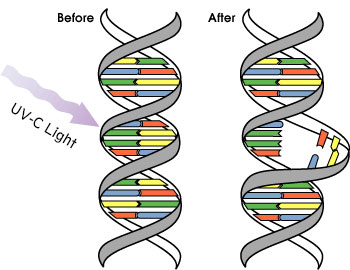
Under what circumstances can UV light kill mold?
UV lights can be used to directly irradiate and kill mold if it is growing on visible surfaces, such as walls, ceilings, floors, furniture, etc. UV-C wavelengths are particularly suitable for this situation because of their powerful germicidal ability.
Mold spores can be suspended in indoor air and cause health problems when inhaled through the respiratory tract. In such cases, UV air purifiers can be used to kill airborne mold and other microorganisms.
However, UV light is not a complete solution to all mold problems
If the mold is growing in hidden areas, such as inside walls, under floors, or in air conditioning ducts, it is difficult for UV light to reach these areas directly and kill the mold. In such cases, other measures such as mold removers, humidity control and remediation of moisture problems may be required.
Certain types of mold may grow deep within building materials, such as the interior of wood. UV light has difficulty penetrating through the surface of the material to the deeper layers and therefore cannot completely kill these molds. Treating deep-seated mold may require a more thorough approach, such as replacing the affected material.
If the indoor environment has moisture problems that cause mold growth, such as water leaks and high humidity, UV disinfection alone may not solve the underlying problem. In this case, the moisture problem needs to be addressed first, and preventive measures need to be taken to prevent mold re-growth.
In addition, mold spores are somewhat tolerant and may require stronger UV light or other methods for complete elimination.
How can UV light be used to kill mold?
Although UV light is effective in killing mold and dust mites, it should be used as an aid. For mold problems and dust mite problems in the house interior, it is vital to take timely action, find and remediate wet or damaged areas, improve ventilation and humidity control, remove mold and eliminate its root cause
Steps for eliminating mold in the home using UV-C light:
- Select a UV lamp with a UV C wavelength, like a UV light strip
- Clean affected areas
- Determine the duration and distance of UV light exposure
- Aim the UV lamp at the affected area
- Repeat periodically to ensure a long-lasting germicidal effect
How long does it take for UV light to kill mold?
In general, higher UV power and longer exposure times can accelerate the inactivation of mold. Most common molds require UV irradiation for several minutes to several hours to be effectively inactivated. The exact duration depends on the power and distance of the UV lamp and the size of the surface or space to be treated.
How much UV light is needed to kill mold?
Different types of mold may vary in their sensitivity to UV light. Some of the more common mold species may require a UVC dose of 10 to 100 J/cm² to be effectively killed. However, this is only a rough estimate and the exact amount of fungicide may vary depending on the resistance of the mold and environmental conditions.
What is the color of mold under UV light?
Under ultraviolet (UV) light, mold usually appears in different colors. This is due to the reaction of the chemical components in the mold to the UV light.
Mold under UV light may appear white, light yellow, green, black and other different colors. This color change is due to the reaction or change of pigments or metabolites in the mold body under ultraviolet radiation.
However, it should be noted that the color of the mold is not a reliable indicator of its presence or absence or its activity. The same mold may show different colors under different environmental conditions, and different species of mold may have similar colors. Therefore, the color alone cannot determine the type of mold or its degree of activity.
In order to accurately determine the presence of indoor mold, as well as to understand its species and activity, it is best to conduct professional mold testing and analysis.
